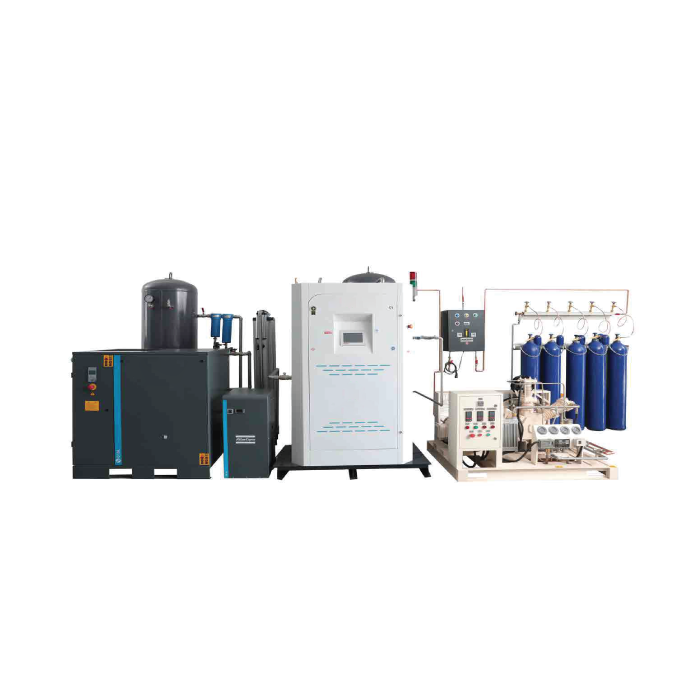Oxygen: The Lifeline for Respiratory Therapy
Oxygen is perhaps the most critical medical gas in respiratory therapy. It is used to treat a variety of conditions including hypoxemia, chronic obstructive pulmonary disease (COPD), and during emergency resuscitation. Oxygen therapy aims to maintain adequate tissue oxygenation, alleviate symptoms of breathlessness, and improve the quality of life. It can be delivered through various devices such as nasal cannulas, masks, and mechanical ventilators, each tailored to meet the specific needs of the patient. Precision in the administration of oxygen is crucial, Medical Gases for Respiratory Therapy as both hypoxia and hyperoxia can have detrimental effects on patient outcomes.
Carbon Dioxide: Monitoring and Regulation
Carbon dioxide (CO2) is another vital gas in respiratory therapy, primarily used for monitoring purposes. Capnography, the measurement of CO2 in exhaled air, provides real-time feedback on a patient’s ventilatory status. This is particularly important during anesthesia, critical care, and procedural sedation, ensuring that ventilation is adequate and that CO2 levels remain within a safe range. In specific scenarios, controlled CO2 can also be used therapeutically to stimulate breathing in patients with certain types of respiratory failure.
Nitric Oxide: Pulmonary Vasodilator
Nitric oxide (NO) has revolutionized the treatment of pulmonary hypertension and other conditions where selective pulmonary vasodilation is beneficial. When inhaled, nitric oxide acts as a potent vasodilator, targeting the pulmonary circulation without affecting systemic blood pressure. This property makes it invaluable in the management of newborns with persistent pulmonary hypertension and adults with acute respiratory distress syndrome (ARDS). The precise administration of nitric oxide requires sophisticated delivery systems to ensure accurate dosing and minimize potential side effects such as methemoglobinemia.
Helium: Facilitating Easier Breathing
Helium, often combined with oxygen (heliox), is utilized in respiratory therapy to reduce airway resistance and improve airflow in conditions such as severe asthma and upper airway obstruction. Due to its lower density compared to air, heliox can flow more easily through narrowed airways, thus reducing the work of breathing and enhancing the delivery of oxygen to the lungs. This can be particularly beneficial in critical care settings where airway resistance poses a significant challenge.
Medical Air: A Vital Component
Medical air, a blend of oxygen and nitrogen, is commonly used in respiratory therapy. It serves as a carrier gas for aerosolized medications and is essential in mechanical ventilation. Unlike pure oxygen, medical air provides a balanced environment that prevents oxygen toxicity, PSA Plant Installations Ghana especially in long-term respiratory support scenarios. The consistent and controlled delivery of medical air ensures that patients receive the necessary respiratory support while minimizing potential complications.
Future Perspectives and Innovations
Advancements in medical gas technology continue to enhance the field of respiratory therapy. Innovations such as portable oxygen concentrators, more efficient gas delivery systems, and the development of novel therapeutic gases hold promise for improving patient outcomes. Additionally, ongoing research into the therapeutic applications of gases like hydrogen and xenon opens new avenues for treatment.






Comments